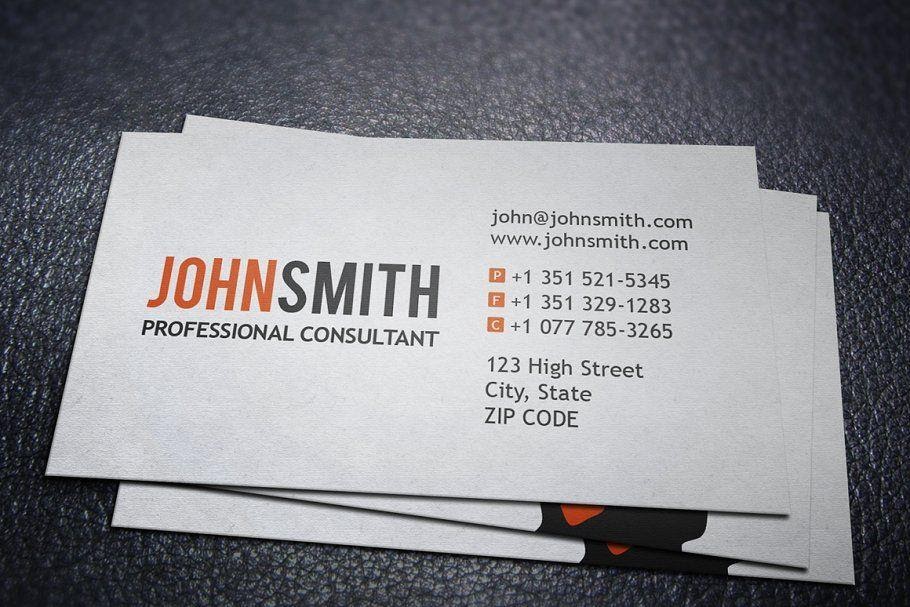The goal of coach marketing is to get into a coaching conversation with an ideal client who needs and wants your coaching help.
Successful coaches use strategic marketing systems that put them in coaching conversations with prospects who need and want what they do, especially those systems that have predictable results, are easy to implement and are low cost in dollars and time to implement.
Before you can ask the three questions to get a new client, you have to get in front of ideal potential clients. Here’s how to do that….
Here is an example of a coach marketing system that meets those criteria.
Get exclusive tips, tools, and invitations to complimentary MasterClasses to support your success as a coach.
Start by clearly identifying your specific, ideal clients that you wish to work with rather than a scattered, “Anyone, and anybody and everyone who can benefit from my coaching.” You may have several types of ideal clients, but you will be more effective marketing for them one at a time.
Marketing is sort of like hunting for animals. Some days you may hunt for turkeys. Another day you may be hunting for deer. The goal of the hunt is to go where their herd is located, engage some of them and secure coaching conversations. Turkey and deer herds do not meet at the same place and time. They have their own specific herd locations and meeting times.
Professional and trade associations are good places for the hunt because that is how and where they herd. Do a Google search to identify the associations where your targets meet. These associations typically schedule monthly member meetings and allow guests to attend. Create an opportunity to attend their meeting. It will put you in a room filled with a herd of your potential coaching clients.
Make it your goal when attending these meetings to leave with three appointments for coaching conversations with qualified ideal clients who have the need and want for your coaching.
You can accomplish this using three powerful questions.
For example, let’s say an ideal client for you is a senior executive in a manufacturing company. Do a little research and identify their association. Arrange to get to their meeting. You are now in the herd of the “Manufacturers Association”. Perhaps there are fifty manufacturing managers in attendance. With drink in hand, you approach and introduce yourself to “David”, a senior manager with a staff of project managers. You engage in the usual small talk and establish a mutual rapport and likeability. It is usually established quickly with most people but if it is not, go to another person. Without that mutual rapport and likeability as a foundation, a successful coaching relationship is not likely.
Once you have achieved a degree of mutual rapport and likeability, move the conversation to their business and job for the purpose of identifying areas where you might be able to help as their coach.
David shares, with some level of frustration, how recruiting and retaining key staff is taking too much of his time away from other areas that are more productive.
When David finishes what he wants to say it is the time to ask the three questions to qualify his need and want for your coaching and secure an agreement to have a coaching conversation with him.
Question#1; “On a scale of 1-10, how satisfied and comfortable are you with the effectiveness of your recruiting processes?”
(10 is the highest. 80% will answer 6 or 7.) David answers “5”.
Any answer below 10 establishes a ‘Deficiency Tree’ by their own answer. This opens the door that there is a “need” for what you can be of help. The lower the number, the greater the need.
(Tailor your question #1 to the concerns they have:
“On a scale of 1-10, how satisfied and comfortable are you with:
- The results of your marketing systems?
- The pace of your career?
- The profitability of your business?
- Etc.
Question #2 “What are some of the issues keeping you from being at a higher number?”
Now you listen. David rattles off several things like a tight labor market, restricted salary budgets and too much staff turnover.
The answers he provides put some additional leaves on the branches of his ‘Deficiency Tree’ and solidifies his “need” for what you do as a coach.
Question #3 “Is this enough of an issue that you’d like to do something about it?”
If the answer is “no”, there would appear to be a lack of “want”. Politely end the chat and move on to meet another person in the herd to start another chat.
If the answer is “Yes, what do you have in mind?”, this establishes the “want” for what you do.
And you reply, “I’m a professional coach and I work with professionals like you helping them to overcome the issues that you just described. Can we meet for a coffee and see how we can work together in solving these issues? How is (provide two choices for date and time to meet)?
Bottom Line: Make it your goal at each “herd” meeting to speak with twelve people and get to the point where you can ask six people “The Three Questions” with half who answer “yes” to question #3 and you leave with three Coaching Conversations appointments confirmed. If you close one out of three Coaching Conversations appointments, you secure a new client.
That is always my goal and the results I achieve when I go on the hunt.
Predictable results, easy to implement and low cost in dollars and time to implement. Enjoy the hunt.







